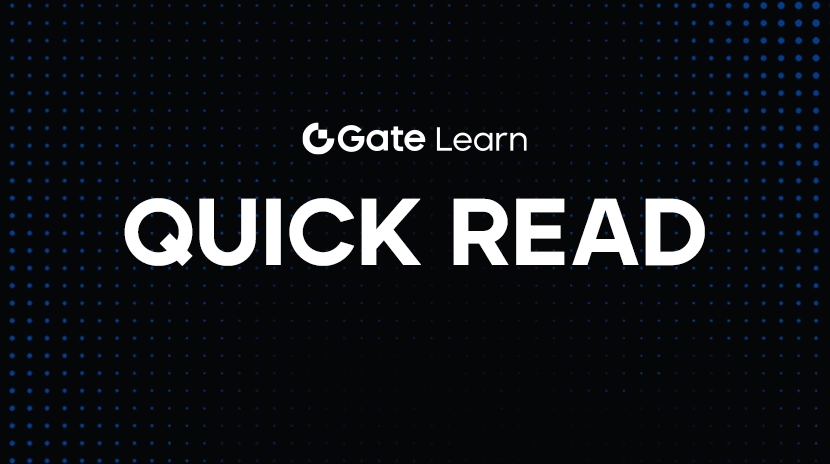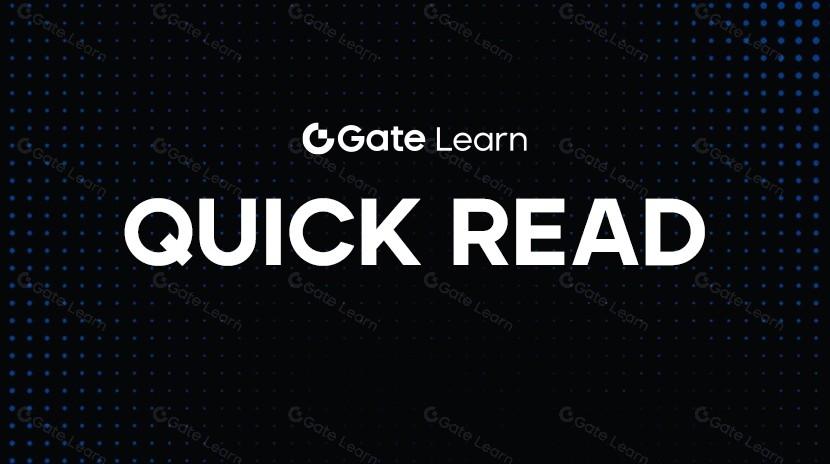Actualités Crypto : XRP se prépare-t-il à un retour ?
Préface
Après des années de poursuites judiciaires et d'incertitude sur le marché, XRP (Ripple) revient progressivement sous les projecteurs du monde de la cryptomonnaie en 2025. Cela est dû non seulement à des progrès critiques dans sa bataille juridique avec la Securities and Exchange Commission (SEC) des États-Unis, mais aussi à l'expansion technologique de Ripple Labs dans les paiements transfrontaliers et les déploiements agressifs sur les marchés asiatiques et du Moyen-Orient, attirant une fois de plus l'attention de la communauté Web3.
Progrès dans le procès de la SEC
La longue bataille juridique entre Ripple et la SEC a atteint un tournant en mi-2023 lorsque un tribunal américain a statué que XRP ne constitue pas une valeur mobilière, renforçant considérablement la confiance du marché. Bien que la SEC ait ensuite déposé de nouvelles accusations contre Ripple Labs concernant son modèle de vente et que certaines amendes et pénalités restent en suspens, le procès ne représente plus une pression majeure sur le prix du XRP.
Au premier trimestre 2025, l'équipe Ripple a déclaré publiquement : « Notre litige juridique avec la SEC touche à sa fin, et notre attention se portera désormais entièrement sur l'expansion de nos activités et la construction d'un réseau de paiement mondial. » Cette déclaration a directement renforcé la confiance des investisseurs dans l'écosystème XRP.
Ripple atteint un règlement préliminaire avec la SEC
Le 26 mars 2025, Stuart Alderoty, directeur juridique de Ripple, a annoncé que Ripple Labs avait conclu un règlement préliminaire avec la SEC. L'accord devrait entraîner le retrait des appels des deux parties et la SEC restituera 75 millions de dollars des 125 millions de dollars d'amende payés par Ripple l'année dernière, ne conservant que 50 millions de dollars pour conclure l'affaire.

Les paiements transfrontaliers accélèrent à nouveau
Le mécanisme de liquidité à la demande (ODL) de base de Ripple, qui utilise XRP comme actif pont pour faciliter les transferts transfrontaliers en temps réel, a gagné plus de faveur de la part des institutions financières en 2025, notamment en Amérique latine, en Asie du Sud-Est et au Moyen-Orient. Selon le rapport officiel du premier trimestre 2025 de Ripple, plus de 60 banques et institutions de paiement ont adopté les solutions de paiement de RippleNet, dont plus de la moitié ont mis en œuvre des services ODL. Il s'agit notamment de la NBF Bank des Émirats arabes unis, de la TPBank du Vietnam et de la plateforme de paiement numérique PayEngine du Mexique.
Dans sa compétition avec SWIFT, Ripple a commencé à mettre l'accent sur sa transparence et ses avantages en matière de vitesse de transaction. En 2025, Ripple a lancé RippleNet+, qui offre une intégration API améliorée et des fonctionnalités de règlement blockchain en temps réel.
Ripple lance XRPL EVM Sidechain
XRP n'est plus seulement un jeton de paiement. Ripple a récemment lancé le sidechain XRPL compatible avec l'EVM, permettant aux développeurs de déployer des contrats intelligents Ethereum sur le registre XRP avec des vitesses de règlement plus rapides et des coûts de transaction plus bas. Développée et soutenue par Peersyst, cette intégration vise à attirer les développeurs DApp d'Ethereum et de Polygon vers l'écosystème XRP. Ce changement symbolise non seulement le passage de XRP d'un protocole à usage unique à un écosystème évolutif, mais redéfinit également XRP en tant que plateforme de protocole Layer 1 multifonctionnelle. Actuellement, plusieurs projets NFT, DeFi et GameFi sont en cours de test sur le sidechain XRPL EVM, notamment le jeu blockchain Ripple Raiders et le protocole oracle XOracle.

(Source: Ripple)
Conclusion
Pour XRP, 2025 n'est pas seulement le résultat d'un soulagement juridique, c'est la culmination d'une feuille de route stratégique, d'une évolution technique et d'une expansion mondiale. D'un protocole autrefois considéré comme limité aux paiements transfrontaliers, XRP s'est transformé en un protocole de couche 1 avec des sidechains, un écosystème et des composants DeFi. Il transforme la perception du marché de son ancienne image. Bien que la concurrence reste forte, notamment avec les défis posés par Stellar, Algorand et même les chaînes L3 émergentes, la prochaine étape de Ripple dépend de sa capacité à faire de l'XRPL EVM un hub de développeurs vraiment attrayant. À l'heure actuelle, XRP n'est plus un acteur vétéran passif, mais un concurrent revitalisé prêt à reprendre le devant de la scène à l'ère de Web3.
Articles Connexes

Pi Network (PI) au taux de change du franc CFA d'Afrique de l'Ouest (XOF) : Valeur actuelle et guide de conversion

Comment vendre la pièce PI : Guide du débutant

Valeur de Pi Crypto : Lancement sur Mainnet le 20 février 2025 & Prédictions de prix futures

Qu'est-ce que FAFO : jeton MEME dérivé de la plateforme sociale de Trump

Est-ce que XRP est un bon investissement? Un guide complet sur son potentiel


